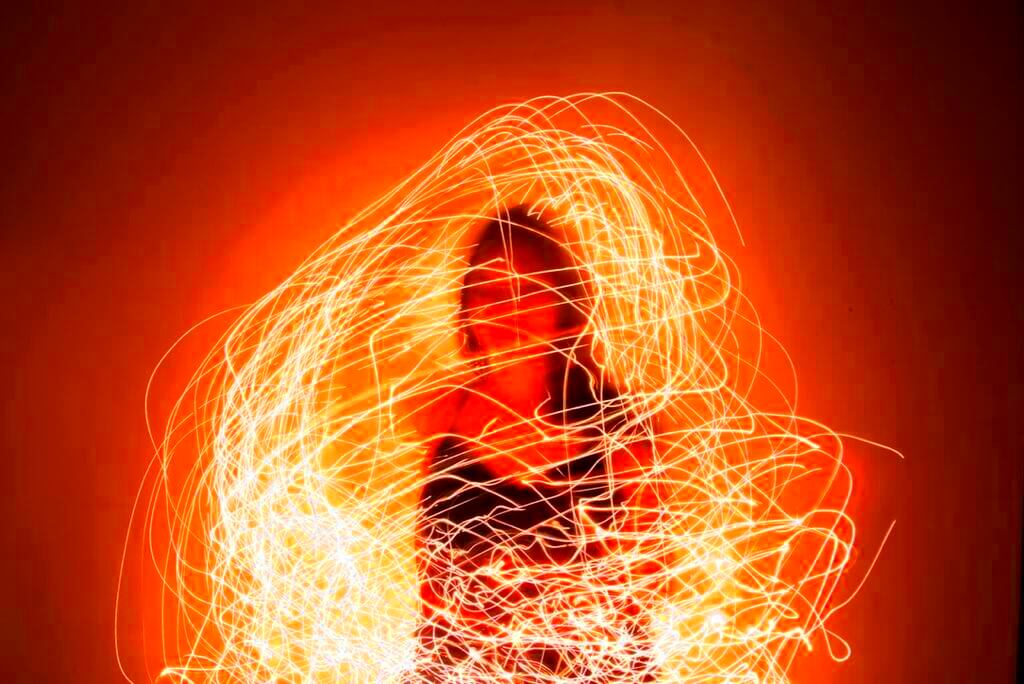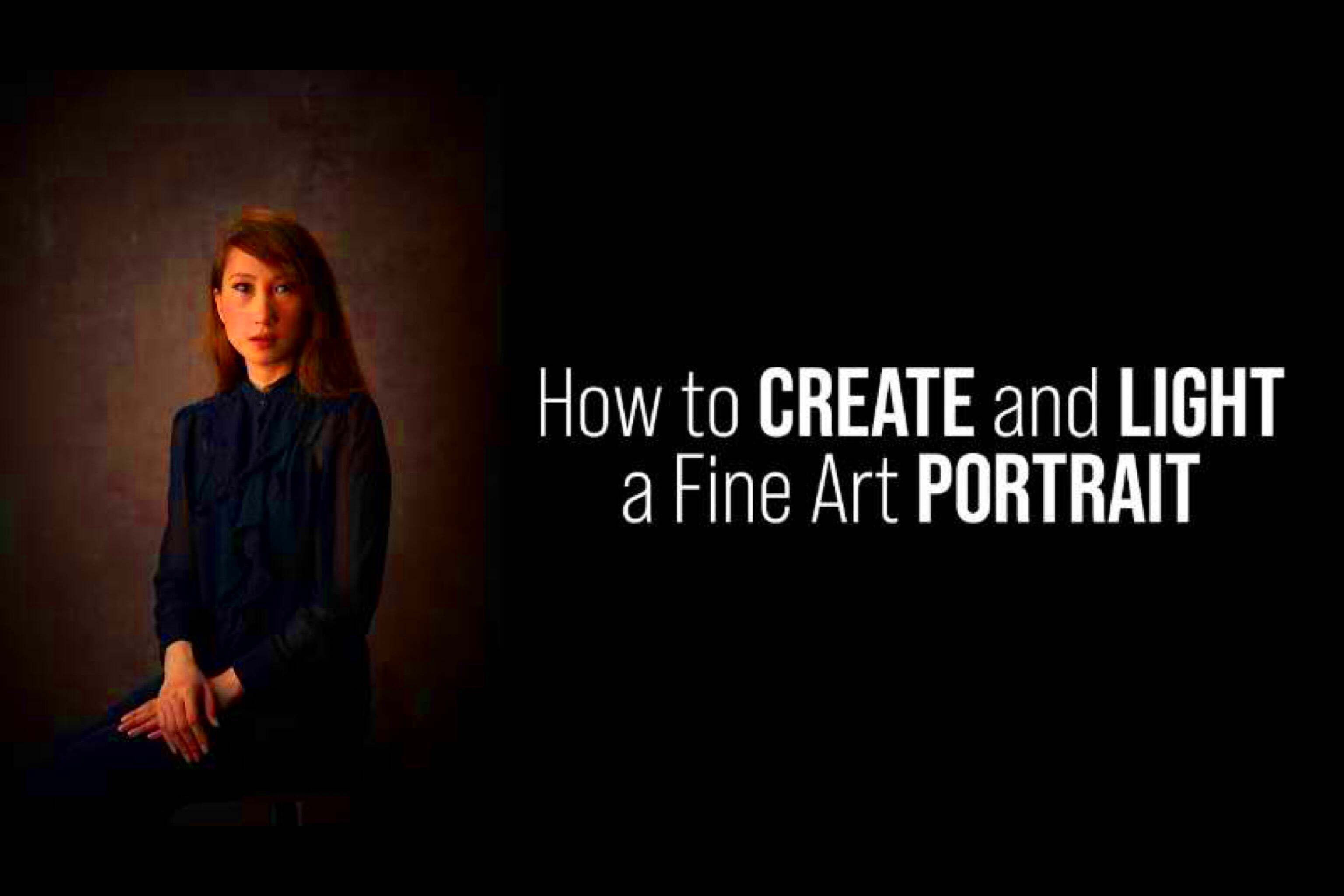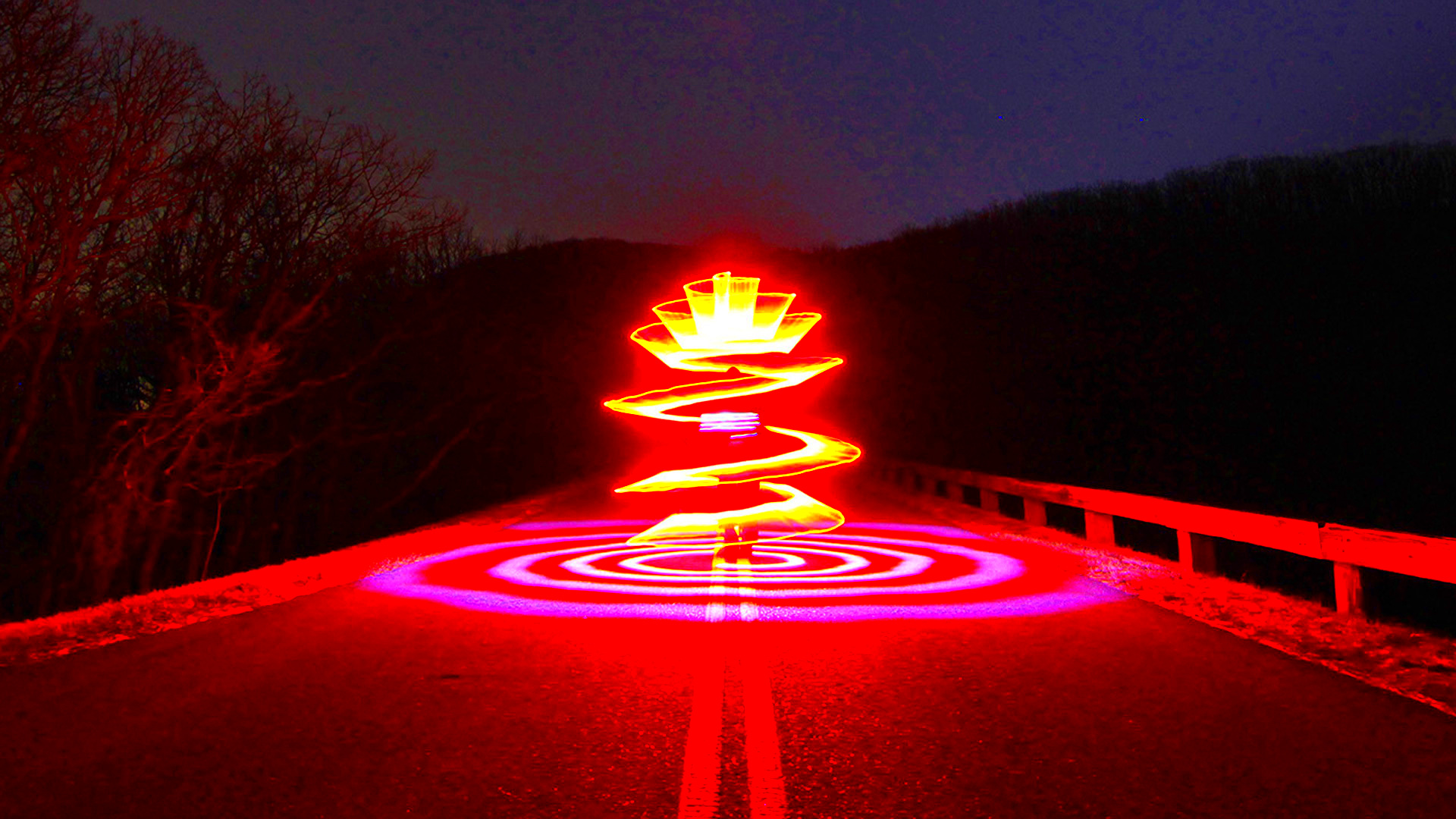Light is one of the most important elements in photography. It shapes the way we see and perceive images. Whether you’re capturing a portrait, landscape, or still life, the quality, direction, and intensity of light can make or break your shot. Understanding how light affects your images will help you take your photography skills to the next level. By mastering the use of light, photographers can create mood, depth, and emphasis within their photos. In this post, we’ll explore how light can enhance your work and share tips on how to make it work for you.
Different Types of Light in Photography

In photography, not all light is created equal. The type of light you use can drastically affect the mood and tone of your photos. Here’s a breakdown of the main types of light you’ll encounter:
- Natural Light: This is light from the sun, which can change throughout the day. It’s the most common type of light used in photography.
- Artificial Light: Light created using equipment such as flash units, lamps, or studio lights. It allows for more control and consistency.
- Ambient Light: The surrounding light in a space, such as room lighting or streetlights at night. It’s the overall light that fills the scene.
- Directional Light: Light coming from a specific source, like the sun or a spotlight. This type of light creates more defined shadows and highlights.
- Soft Light: Light that is diffused or scattered, creating soft shadows. This type of light is often seen on overcast days or when using a softbox.
- Hard Light: Light that comes from a small, focused source, creating strong shadows and high contrast.
Each of these types of light has its own unique characteristics and can be used creatively to convey different feelings in your images.
How Natural Light Can Transform an Image

Natural light is the go-to choice for many photographers because it’s free, accessible, and has a warm, organic feel. But what makes it so special? The beauty of natural light lies in its ability to transform an ordinary scene into something extraordinary. Here’s how it works:
- Golden Hour: One of the most beloved times for photographers is the "golden hour"—the period just after sunrise or before sunset. The light is soft and warm, creating a flattering glow on faces and enhancing the color in the scene.
- Soft, Diffused Light: On cloudy or overcast days, sunlight becomes diffused, eliminating harsh shadows and giving photos a soft, even quality. This type of light is great for portraits and still life photography.
- Dynamic Light Play: Natural light can create beautiful effects, such as lens flares, bokeh, and reflections. The way light interacts with objects can add depth and texture to an image.
- Color Temperature: Natural light has a varying color temperature depending on the time of day. Morning light tends to be cooler with blue tones, while evening light is warmer with orange hues, influencing the overall mood of the photo.
With natural light, you don’t have to worry about carrying bulky equipment. It’s readily available and can produce stunning results, especially if you know how to work with it at different times of the day. Experimenting with different angles and positioning can help you use natural light to its full potential.
Using Artificial Light to Create Dramatic Effects

Artificial lighting offers photographers full control over how light interacts with their subjects, making it a powerful tool to create dramatic effects. Unlike natural light, which changes based on the time of day and weather, artificial light remains consistent, allowing for precise adjustments. By experimenting with the intensity, direction, and color of artificial light, photographers can create moods that range from bold and edgy to soft and cinematic. Here’s how you can use artificial light to enhance your photos:
- Backlighting: Position your light source behind your subject to create a silhouette effect or add a glowing halo around the subject. This technique is great for portraits and adds mystery and contrast.
- Side Lighting: Using light from the side can add depth and texture, emphasizing the contours of your subject. It’s perfect for creating shadows and highlights on faces or textured objects.
- High-Key Lighting: This technique involves using bright, even lighting to reduce shadows. It creates a clean, soft look that works well for commercial and beauty photography.
- Low-Key Lighting: This is the opposite of high-key lighting. It uses minimal light to create strong shadows and contrast, making it ideal for moody, dramatic portraits or artistic shots.
- Colored Gels: Adding a colored gel to your light source can change the overall mood of the image. Red, blue, or green gels can add warmth, coolness, or a creative touch to your lighting setup.
Artificial lighting can make your images stand out by adding creative effects, and with the right techniques, you can transform an ordinary shot into something striking and visually captivating.
Positioning Light to Highlight Subjects
Where you place your light source can dramatically change how your subject appears in the frame. Positioning your light properly is key to bringing out the best features of your subject while controlling how shadows and highlights play out. Here are some tips for positioning light to make your subject the focal point of your image:
- Key Light Placement: The key light is the main light source that highlights your subject. Placing it at a 45-degree angle from the front of the subject will give a nice balance of light and shadow, revealing details without being too harsh.
- Fill Light: The fill light is used to soften shadows created by the key light. Positioning the fill light opposite the key light at a lower intensity will reduce harsh shadows while still maintaining contrast.
- Rim Lighting: Placing a light source behind your subject can create a rim or halo effect around the edges, helping to separate the subject from the background. This technique is especially useful for portraits, giving depth and definition.
- Overhead Lighting: Positioning light directly above the subject creates dramatic shadows underneath. This is often used in product photography to emphasize texture or in portraiture to create a mysterious or intense look.
- Lighting from Below: While less common, placing a light source below your subject can produce strange, dramatic shadows that add a sense of unease or otherworldliness, often used in horror or fantasy photography.
The right light placement can help sculpt your subject, highlight their best features, and create a visually interesting composition that draws the viewer's eye exactly where you want it.
How to Control Shadows for Better Composition
Shadows are a crucial part of any photograph. While they can add mystery and depth, too many shadows or poorly placed shadows can distract from the main subject or ruin the composition. Learning how to control shadows effectively allows you to enhance your photos and create a more balanced and aesthetically pleasing image. Here’s how to master shadow control:
- Use a Fill Light: A fill light softens the shadows created by the main light, ensuring they don’t overwhelm the subject. It helps to create a balanced exposure without losing details in dark areas.
- Adjust Light Angles: The direction from which your light comes determines where the shadows fall. Moving the light source can make shadows appear more dramatic or less pronounced. Experiment with different angles to achieve the desired effect.
- Diffuse the Light: Using a diffuser or softbox will soften the shadows and create a more even lighting. This is particularly useful for portrait photography where you want flattering, soft shadows on the face.
- Use Reflectors: Reflectors bounce light back into the shadowed areas, filling in dark spots without introducing a secondary light. This technique works well for subtle, natural-looking lighting.
- Hard vs. Soft Shadows: Hard shadows (created by a small light source) give a more dramatic, edgy look, while soft shadows (created by a larger or diffused light source) tend to be more flattering and less intense.
By understanding how light interacts with your subject, you can control the shadows to enhance the composition and direct the viewer’s attention. Shadows shouldn’t be feared—they can be a powerful tool when used correctly!
Common Lighting Mistakes and How to Avoid Them
Lighting can make or break a photo, and many photographers, especially beginners, make a few common mistakes that can affect the overall quality of their images. Fortunately, most of these mistakes are easy to avoid once you understand the basic principles of light. Here are some common lighting errors and tips on how to fix them:
- Using Harsh Light: While harsh light can create strong shadows, it often leads to overly contrasty images. This is particularly noticeable in portrait photography, where harsh light can create unflattering shadows on the face. Solution: Use a diffuser or shoot during the golden hour to get soft, diffused light.
- Not Considering the Direction of Light: The direction of light plays a huge role in how shadows and highlights appear. Using light from the wrong angle can create awkward shadows that distract from the subject. Solution: Always pay attention to where your light source is coming from and adjust it to flatter your subject.
- Overexposing or Underexposing the Image: Overexposure leads to washed-out highlights, while underexposure results in dark, unclear details. Both are common problems when working with artificial lighting. Solution: Adjust your camera’s exposure settings or use a fill light to balance out your exposure.
- Not Using Enough Light for Detail: Sometimes, photographers rely too heavily on a single light source and neglect filling in the shadows. Solution: Always have a fill light or reflector on hand to reduce harsh shadows and bring out more detail.
- Ignoring the Color Temperature: Different light sources have different color temperatures, which can lead to unnatural color tones in your photos. Solution: Be mindful of the light temperature. Use white balance settings on your camera or gels to correct any color imbalances.
Avoiding these common lighting mistakes will help you take your photography to the next level, ensuring your photos are more balanced, well-lit, and visually appealing.
Conclusion: Mastering Light for Stunning Photography
Mastering light is essential for any photographer looking to capture stunning, impactful images. Whether you are using natural or artificial light, understanding how light behaves and how to control it is key to creating photos that pop. By experimenting with different light types, directions, and intensities, you’ll be able to bring out the best in your subjects and create visually compelling compositions.
Remember, it’s not just about lighting a subject; it’s about how you use light to tell a story, create mood, and guide the viewer's eye. With the tips and techniques shared in this post, you now have the tools to take full control over your lighting setup. Don’t be afraid to experiment and find what works best for your unique style. Practice is the key to mastering light, and with time, you’ll start to see its transformative power in your work.
FAQ
1. What is the best time of day for natural light photography?
The best time for natural light photography is during the "golden hour," which occurs just after sunrise and just before sunset. During this time, the light is softer, warmer, and more flattering, giving your photos a beautiful glow.
2. How do I know if my lighting is too harsh?
If your photos have strong, unflattering shadows or if the highlights are blown out (washed-out areas with no detail), the light might be too harsh. To soften the light, try using a diffuser or shooting in the shade.
3. What’s the difference between soft and hard lighting?
Hard lighting comes from a small, focused light source, creating sharp shadows and high contrast. Soft lighting comes from a larger or diffused source, producing gentle shadows and a more flattering, even look.
4. How can I control the shadows in my photos?
Shadows can be controlled by adjusting the light's angle, distance, and intensity. You can also use reflectors or fill lights to soften or eliminate shadows, depending on the effect you’re aiming for.
5. Can artificial light create the same effects as natural light?
Yes, artificial light can replicate natural light effects if you control its intensity, angle, and color temperature. By using modifiers like softboxes or gels, you can mimic the soft, warm glow of natural light at any time of day.

 admin
admin








